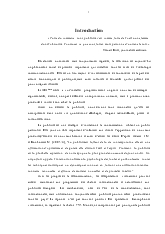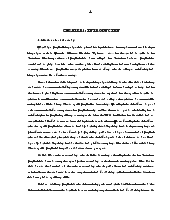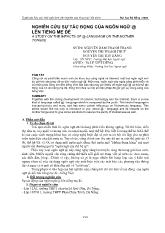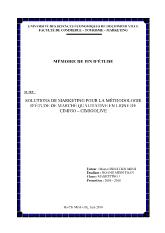Noun phrases in some selected chapters from “Pride and prejudice” by Jane Austen and the equivalents in the translated version in Vietnamese
- Người chia sẻ : vtlong
- Số trang : 58 trang
- Lượt xem : 10
- Lượt tải : 500
- Tất cả luận văn được sưu tầm từ nhiều nguồn, chúng tôi không chịu trách nhiệm bản quyền nếu bạn sử dụng vào mục đích thương mại
Bạn đang xem trước 20 trang tài liệu Noun phrases in some selected chapters from “Pride and prejudice” by Jane Austen and the equivalents in the translated version in Vietnamese, để xem tài liệu hoàn chỉnh bạn click vào nút DOWNLOAD LUẬN VĂN ở trên
During the past two or three decades, developments in the fields of transformational
grammar, general and contrastive linguistics, semantics, information theory, anthropology,
semiotics, psychology, and discourse analysis etc. have exerted great influence on general
translation theory, enabling the discipline to broaden the areas of investigation and to offer
fresh insights into the concept of correspondence on transference between linguistics and
cultural systems. The traditionally much debated seperation between literal and free translation
has been replaced by various linguistically informed modern distinctions, like “formal” versus
“dynamic” correspondence, or “semantic” versus “communicative” translation. In general,
more attention has been paid to the translation process and greateremphasis placed on “equal
response” of the target language reader. Such new perspectives on theoretical front as well as
the fairly extensive developments in specific interlingual contrastive studies have promoted
considerably the understanding and mastery of the nature and skill of translation. However,
these are seen to be insufficient when it comes to translation of fiction. The literary translation
process is quite complex as it requires translators to put a lot of thoughts on a variety of
aspects beyond the materials to be translated. The materials are not only written in different
languages, but they also represent different cultures, differ greatly in terms of linguistic,
literary and cultural-social conventions. For this reason, the author concerns a good deal with
the translation of literary works.




